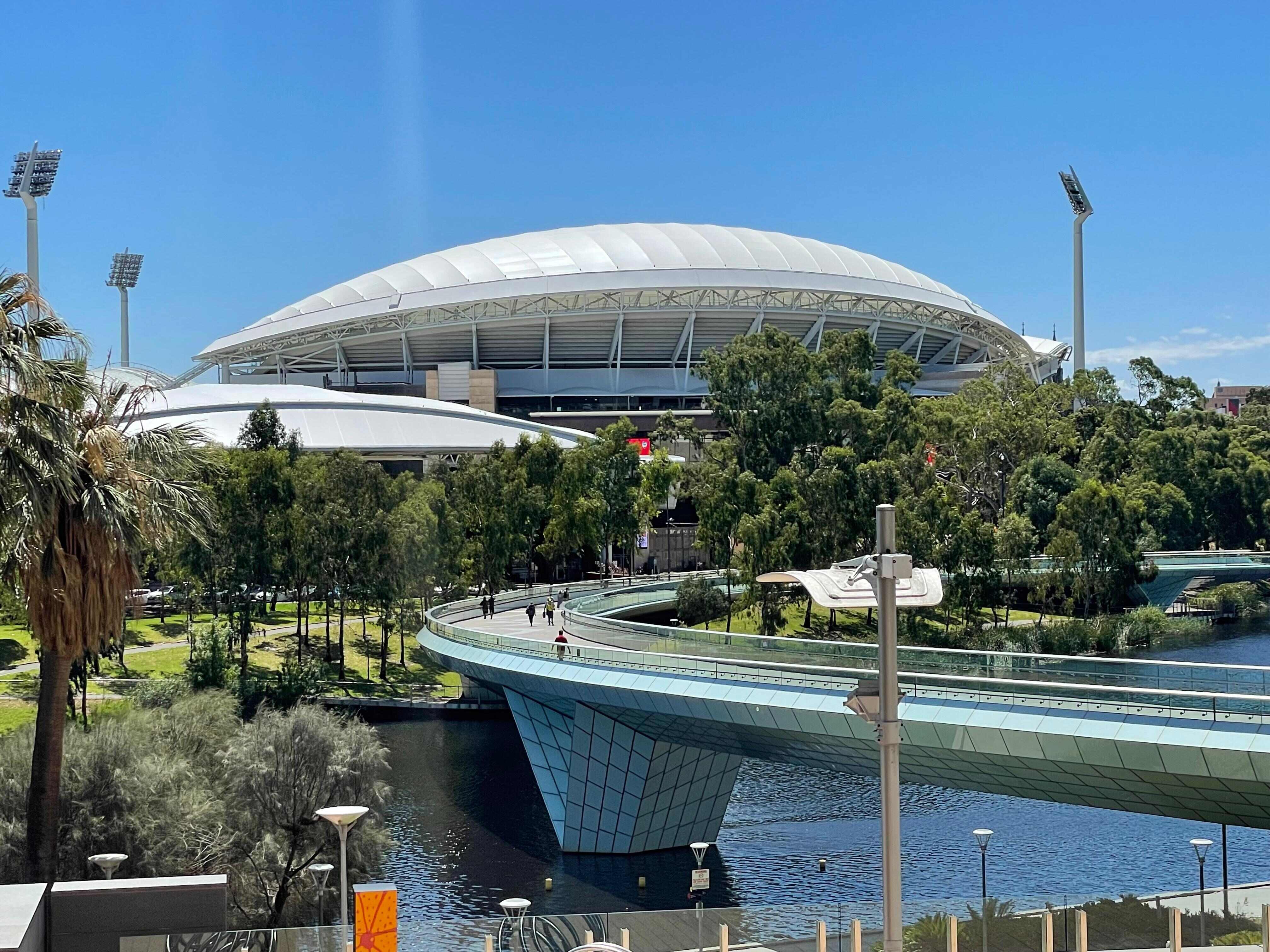Key terms: Medium and Long Term Skilled Shortage List – MLTSSL – Short Term Skilled Occupation List – STSOL – Skilled Occupation Lists – 1 July Changes
Welcome to world of confusing skilled occupation lists. As we all know the Skilled Occupation List (SOL) and Consolidated Skilled Occupation List (CSOL) were replaced by the new Medium and Long Term Skills Shortage List (MLTSSL) and the Short Term Skilled Occupation List (STSOL) on 19 April 2017. Until 30th June 2017 the change was essentially a change in name (and removal of 216 occupations). As of 1st July 2017 we now have additional changes to the applications of the MLTSSL and the STSOL.
There are now different MLTSSL and STSOL for different visa programmes
With reference to skilled occupation lists for the Australia migration programme, we now have the following variants of occupation lists:
- MLTSSL for the Subclass 189 Skilled Independent Visa, Subclass 489 Skilled Regional Sponsored (Relative) Visa and Subclass 485 Temporary Graduate Visa under the General Skilled Migration programme
- STSOL for the Subclass 190 Skilled Nominated Visa and Subclass 489 Skilled Regional Sponsored (State/Territory) Visa under the General Skilled Migration programme
- MLTSSL for the Subclass 457 Temporary Work (Skilled) Visa and the Subclass 186 Employer Nomination Scheme (ENS) Visa Direct Entry Stream
- STSOL for the Subclass 457 Temporary Work (Skilled) Visa and the Subclass 186 Employer Nomination Scheme (ENS) Visa Direct Entry Stream
- MLTSSL for the Subclass 407 Training Visa - Nomination eligibility type 2
- STSOL for the Subclass 407 Training Visa - Nomination eligibility type 2
There is also a separate occupation list for the Subclass 187 Regional Sponsored Migration Scheme (RSMS) visa.
Why are there multiple occupation lists and what does that mean for my visa application?
While previously there were only TWO skilled occupation lists being used across the migration programme, we now have a total of SEVEN skilled occupation lists as points of reference. The key point to note is that some occupations are available for one visa but not necessarily for another because the lists are different, although they share the same name – MLTSSL and STSOL.
There has been plenty of confusion, especially if you refer to the Department of Immigration and Border Protection (DIBP) webpage, Summary of 1 July 2017 changes to the lists of eligible skilled occupations. The page mentions occupations added to the MLTSSL and so forth, but does not mention if it is applicable to the GSM MLTSSL, or the employer sponsored visas MLTSSL.
So what should I do to check if my occupation is suitable for the visa I am applying for?
The best source of reference is the respective legislative instruments which list the table of occupations suitable for the respective visa programmes. They are listed below for easy reference:
Subclass 189 Skilled Independent Visa, Subclass 190 Skilled Nominated Visa, Subclass 489 Skilled Regional Sponsored Visa and Subclass 485 Temporary Graduate Visa applications, refer to Migration (IMMI 17/072: Specification of Occupations and Assessing Authorities) Instrument 2017.
457 Temporary Work (Skilled) Visa applications, refer to Migration (IMMI 17/060: Specification of Occupations—Subclass 457 Visa) Instrument 2017.
Subclass 186 Employer Nomination Scheme (ENS) Visa Direct Entry Stream applications, refer to Migration (IMMI 17/080: Specification of Occupations and Assessing Authorities—Subclass 186 Visa) Instrument 2017 and Migration Regulations 1994 - Specification of Class of Persons 2015 - IMMI 15/109.
Subclass 187 Regional Sponsored Migration Scheme (RSMS) Visa applications, refer to Migration (IMMI 17/058: Occupations for Subclass 187 visas; Skill, Age and English language requirements for Subclass 186 and Subclass 187 visas) Instrument 2017.
Subclass 407 Training Visa applications with Nomination eligibility type 2, refer to Migration (IMMI 17/071: Specification of Occupations—Subclass 407 Visa) Instrument 2017.
If you are in doubt, seek the advice of a Registered Migration Agent to understand your situation better. A detailed reading of the legislative instruments also indicates the application of caveats for the subclass 186 ENS Direct Entry visa application.
This information is accurate on 21 July 2017
Comments by Principal Migration Agent and Lawyer Chris Johnston
The introduction of different occupation lists of the same name is creating confusion for many applicants. Some enquiries received mentioned that they saw their occupation on the list but upon further review, it was discovered that the wrong MLTSSL or STSOL was used for reference. This measure has definitely not simplified the migration programme, which was one of the objectives of the DIBP management.
Additionally some occupations which were removed on 19 April 2017 now find themselves back on the occupation lists. This might be especially hard to take for applicants who withdrew their 457 visa applications when prompted by the DIBP. These applicants will now need to meet the new sponsorship and application requirements, if they submit a new 457 visa application.
Do you need help with an Australian visa or citizenship application?
At Work Visa Lawyers we are experienced in assisting applicants in all matters relating to Australian visa applications. Our areas of expertise include Skilled Migration visas, Business Skills Migration visas, Employer Sponsored Work Visas, Partner and other Family Migration visas as well as the Administrative Appeals Tribunal (AAT) Review, Judicial Review and Ministerial Intervention. We have also assisted applicants with Australian citizenship applications, especially for those with unusual circumstances.
If you require further information regarding your Australia visa or citizenship options you can contact us through:
(08) 8351 9956 or +61 8 8351 9956
or This email address is being protected from spambots. You need JavaScript enabled to view it.









